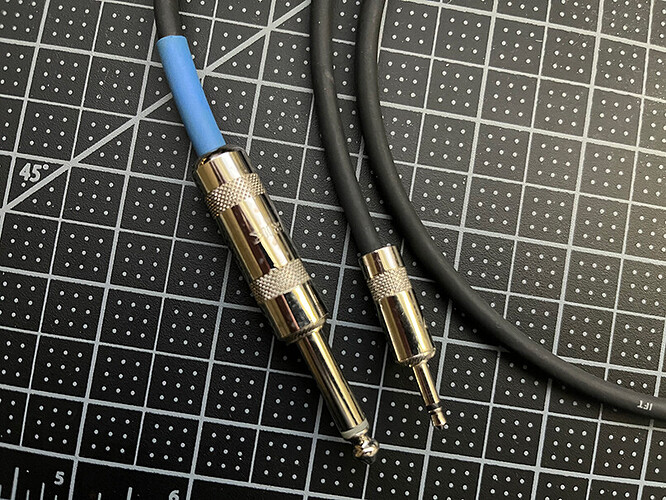Hi everyone!
First timer here. And quite the OP newbie, I’m afraid.
I have some questions about the OP1 Field workflows. Tried and search this forum, subreddits and loads of YouTube videos - even timidly tried TE’s support - but couldn’t find straight answers.
So excuse me if this has already been asked/answered.
Here goes.
-
There appears to be issues with the OP1 Field and class compliant audio interfaces. Is this a fixed issue or still a redundant issue where you can’t send audio via many - if not most - class compliant audio interfaces. I couldn’t find a list or infos on this lately. Has a firmware update fixed this? Is there one on the way?
I own a Helix Floor unit (which is bulky but is class compliant and would be a perfect way for me to record mics and guitars in), a UA Volt 276 (which is definitely not class compliant), an Audient ID22 (which can function as a class compliant interface BUT works with a dedicated software too), a Behringer UMC404HD (a class compliant interface) and intend to buy an Audient EVO4 (which is sold as a class compliant one and has the perfect form factor compared to the Helix Floor). And I was hoping to get at least some of them to work great with the OP1 Field. Since I intended to songwrite the eff out of the OP, it would be a big no-go for me if this wasn’t fixed at all. -
I read, on this very forum, that guitars and other mono-source instruments would only be recorded as mono signals. Meaning they are hard-panned left. I’ve been using audio gear for the past 20+ years, so I know some workarounds - ie. processing the incoming or resulting signal with some kind of stereo processor to make a mono signal stereo. But I’m a little wary of this particular workaround on the OP - especially with the class compliant issues.
Does anyone has some kind of fix? Did TE addressed this in a firmware update already?
I know the OP1f is stereo all across the board. But the « panning center a left-panned mono signal » workaround usually means losing amplitude in the signal. And addressing this with a gain fix results in higher noise floor. So, not a great fix for my intended use. -
I’m still a bit fuzzy on some workflow and specifications on importing samples.
More precisely, even tho I read the entire manual, I couldn’t find any precise specifications on the OP1 Field internal storage. I’ve been reading contradicting infos (such as twice the internal storage of the OG OP1, 5Go+ internal storage, etc).
I do know you can record 20 second drumloops for sampling purposes, and - if I’m not mistaken - around 6 minutes per audio loop. But it’s a bit confusing and can’t quite get my hands on any definitive infos.
Does any of you guys have answers on these ones? -
Last but not least. I’m interested in your ways of monitoring the audio out. Do you use external monitors at all times - and if so, how do you manage to connect them to your OP1f (special cables, through an audio interface or only a mixer, etc)? Do you really use the on-board speaker or is it just gimmicky? Is the audio output sturdy enough?
I intend to use the OP1 Field as a portable solution outside of my home studio (around the house, on various trips, in other studios, etc) and although I get the general idea as to how to get the audio out, I’m curious to know if there are specific ways I’m not aware of.
Thanks for your time.
You guys just rock.
Take care!
